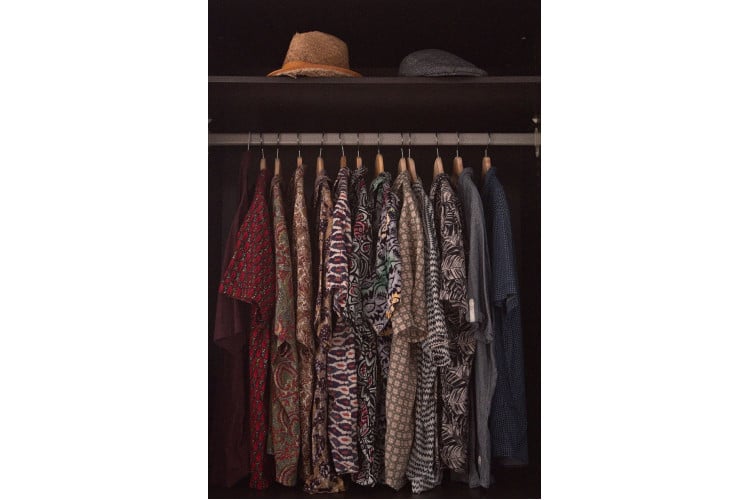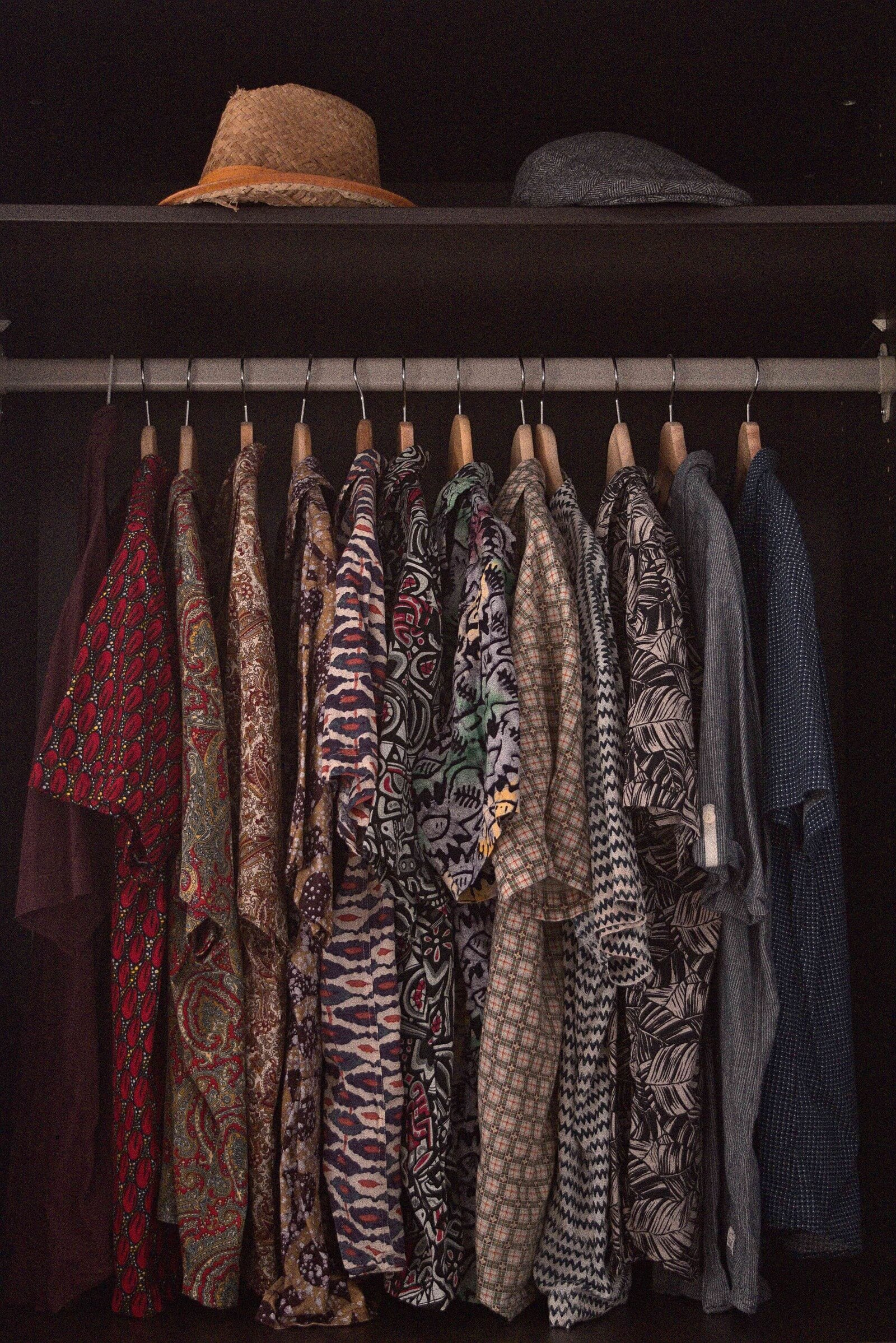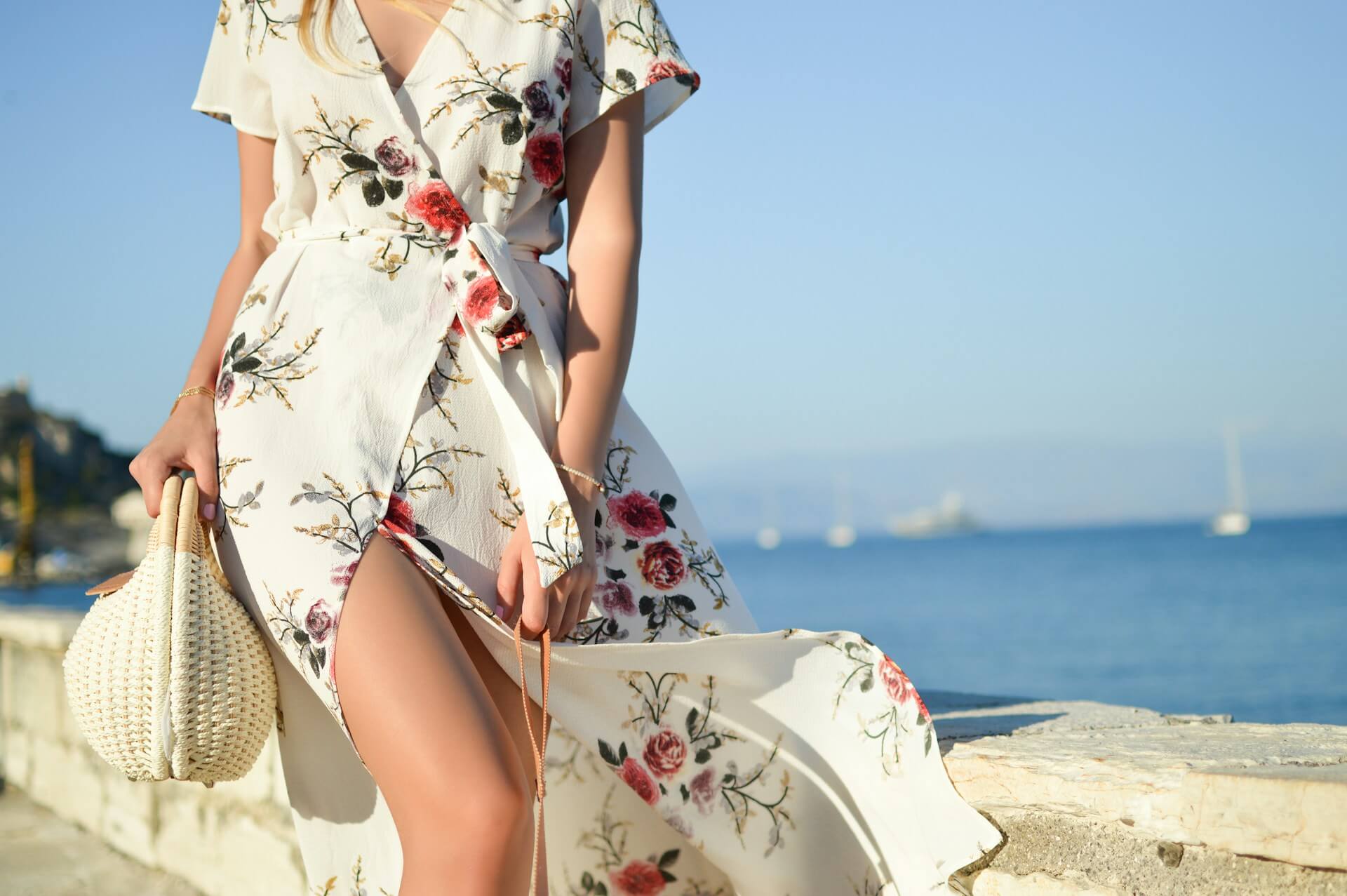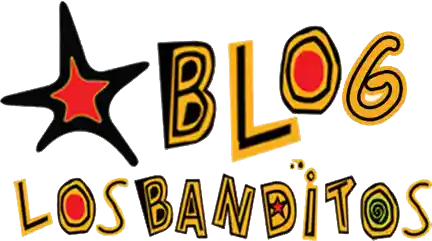The History and Evolution of Bohemian Fashion
14/01/2025 / Reading time: 8 mins.

- What Does It Mean To Be Bohemian?
- Why Were They Labeled As ‘Bohemian’?
- Where Does Bohemian Style Come From? A Timeline
- The Romantics and French Bohemians - Early 19th Century
- Mid - 19th Century: London Pre-Raphaelite Movement
- The Aesthetic Movement - Late 19th Century
- The 1950s Beatnik Culture in the USA
- The Early 2000s to Present
- What Does Boho Style Mean? Aesthetic Elements
- Bohemian Style In The Present Times
- Celebrating Bohemian Fashion
Bohemian fashion retained its popularity in recent years. As an alternative to conventional styles, it has actually been around for more than 200 years. It became popular during Europe's Romantic Era, spanning from the late 18th century to the early 20th century. When we further explore boho history, it is hard to pinpoint when bohemian culture started. Generally speaking, it was established as a counterculture in the late 18th century after the French Revolution. The term was also used in a derogatory fashion for the gypsy people that originated from Bohemia which was an ancient medieval kingdom that now belongs to the Czech Republic. Generally speaking, it described a part of society that lived an unconventional and often nomadic life.

What Does It Mean To Be Bohemian?
The dictionary meaning of the word bohemian is a person who is interested in artistic and unusual things, such as art, literature, and music, lives in an informal way, and ignores the conventional ways of behaving. Bohemians usually value community living and artistic endeavors, rejecting the constraints of the society. As an aesthetic evolving constantly, the 21st century enriched the term in many ways. Merging with the hippie movement during the 1960s and 1970s, the bohemians increasingly rejected the conventional ideals, sought a lifestyle that emphasized individual expression and creativity.
Why Were They Labeled As ‘Bohemian’?
Researching the history of boho gives us a good idea as to why certain types were labeled as bohemian and can be summarized as below;
- Nomadic lifestyle with few permanent ties, similar to gypsies.
- Involved in musical, artistic, and literary pursuits.
- Didn’t have permanent jobs or homes.
- Music, storytelling, and mystical arts were a central part of their lifestyle.
- Rejecting the conventional ways of the society.
Where Does Bohemian Style Come From? A Timeline
Europe’s economy and social structure changed greatly after the French Revolution. The wealthy didn’t have the means to finance the work of artists, writers, and musicians, which meant that many of them couldn't afford the latest fashion wear. Forced to live in poverty, the bohemians naturally formed a counterculture in France. As their lives became increasingly primitive and nomadic, they eventually liked this lifestyle. Thus they began to wear worn clothes, mix and match pieces with anything they could afford to buy. Inspired by the medieval clothing patterns in 1930s France, they began wearing colorful linen cloaks and they preferred long flowing hair styles. Thus were the stepping stones of the bohemian style laid.
The Romantics and French Bohemians - Early 19th Century
In the early 19th century, the Romantics were intellectuals who expressed emotions in art, music, and literature. They eventually got connected with the French Bohemians who were forced to live in poverty, due to dire conditions after the revolution. Their connection resulted in merging medieval elements, gypsy-inspired accessories, free-flowing garments, and colorful materials.
Mid - 19th Century: London Pre-Raphaelite Movement
The British Royal Academy based their view of art on the conventional definitions of beauty as the tradition of the early Italian Renaissance and Classical art. The Pre-Raphaelites on the other hand opposed this idea, and were inspired by centuries before the High Renaissance, i.e. before the famous artist Raphael.
- They rejected the Royal Academy’s preference for Victorian subjects, styles, and teaching methods.
- They emphasized truth and experience as opposed to repetitive learning.
- Their attitude was one of the first major challenges to ‘official’ art, thus in the long run connecting them with the bohemians.
- They loved to study nature in detail and stay loyal to its appearance, even at times risking ugliness.
- They preferred natural forms when constructing their patterns, thus offering a fresh remedy to the industrial designs of the machine age.
- They felt obliged to react to the negative impact of industrialization and turn to the medieval period as an alternative.
- Thus they laid the path for the development of the Arts and Crafts and Art Nouveau, and much later Bohemian style.
The Aesthetic Movement - Late 19th Century
As the 19th century was coming to an end, the Bohemian style was also evolving. What started as a necessity due to economic conditions, eventually became an ideology that was against social norms and materialism. The Bohemians that naturally participated in the Aesthetic movement, opposed the tight corsets and structured petticoats, and adopted flowy dresses and loose fitting attires. Eventually they favored medieval-inspired designs, oriental patterns, embroidered fabrics, and loose garments.
The 1950s Beatnik Culture in the USA
In the late 1940s into the 1950s a group of writers in the USA, including Allen Ginsberg, Jack Kerouac, William Burroughs, shared a deep distaste for American culture and society after World War II. The era was defined by consumer culture and conformism, whereas the Beats or Beatniks sought out experiences that were ‘real.’ They pursued pleasures such as sex and drugs, or alternative spirituality such as Eastern religions, particularly Buddhism. Their lifestyle soon attracted many young people who were disillusioned and dissatisfied with the traditional and conformist ways of the society. Once the term hit the mainstream, it attracted even more people who wanted to look like them, thus adopting Beat fashion styles, sporting leather sandals, midi dresses, turtlenecks, black berets, and goatees.
The Early 2000s to Present
By the time we hit the 2000s, the bohemian style has evolved greatly, becoming a global trend. The early 2000s blended various elements of boho styles into the ‘boho-chic’, taking inspiration from the hippie, gypsy, and ethnic clothing styles, and blending them with a modern flair. Boho-chic is inspired by the vibrant, flowy, and retro elements, thus interpreting bell bottoms, maxi dresses, cropped tops, tassels in a more contemporary fashion, which is relaxed and messy.

What Does Boho Style Mean? Aesthetic Elements
- It’s all about earthy, rich colors and bold patterns. The Boho-chic isn’t afraid to mix and match colors to create an eclectic and playful feel. Greens, maroons, yellows, and neutral pastel shades are on the boho palette.
- Being comfortable in your skin is a priority, meaning loose and flowing silhouettes such as in flowing sundresses, floral dresses, maxi skirts, lounge pants, loose tops.
- Natural and breathable materials such as cotton, viscone, and linen as a base, mixed with leather, suede, silk, or chiffon.
- Eye-catching, bold, and vibrant patterns, as in paisley, tribals, and tie-die.
- Shiny embellishments such as embroidery, tassels, beads, studs, and appliques.
Bohemian Style In The Present Times
Bohemian style is becoming increasingly popular and continuing to evolve in inspiring ways. It frequently appears on the runways of designer brands, and are reinterpreted to create unique and edgy fashion. Celebrities throughout the world show off their boho style at events and music festivals. It is also a natural fit for the sustainable fashion movement, focusing on eco-friendly materials. As mixing and matching is a key note, vintage and second-hand items are always trendy. So is supporting local artisans, and choosing clothing made from organic materials.
Celebrating Bohemian Fashion
Bohemian fashion isn’t just a trend, moreover it is breaking free from rules and expressing your true self. It comes forward as a philosophy of living that promotes individuality, creativıty, and a love for everything natural. Whether you are looking for the perfect boho dresses for the summer, or making your own jewelry to go with that long dress, remember that the world is your canvas, and Bohemian fashion is your brush.

